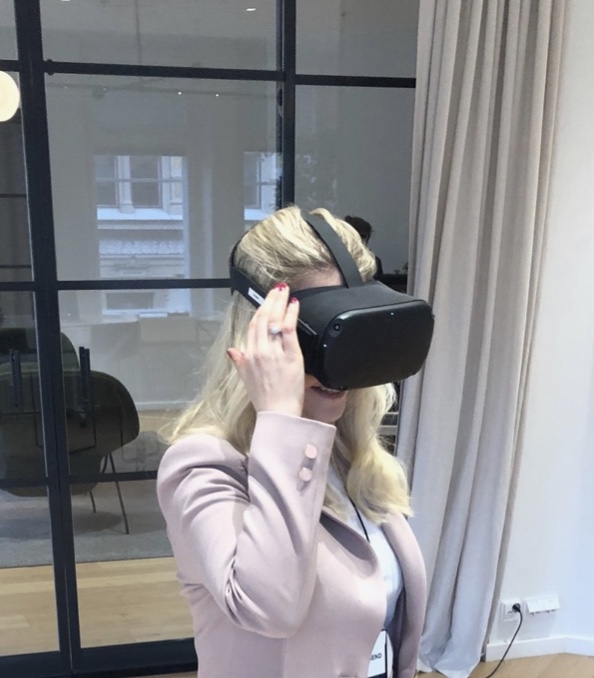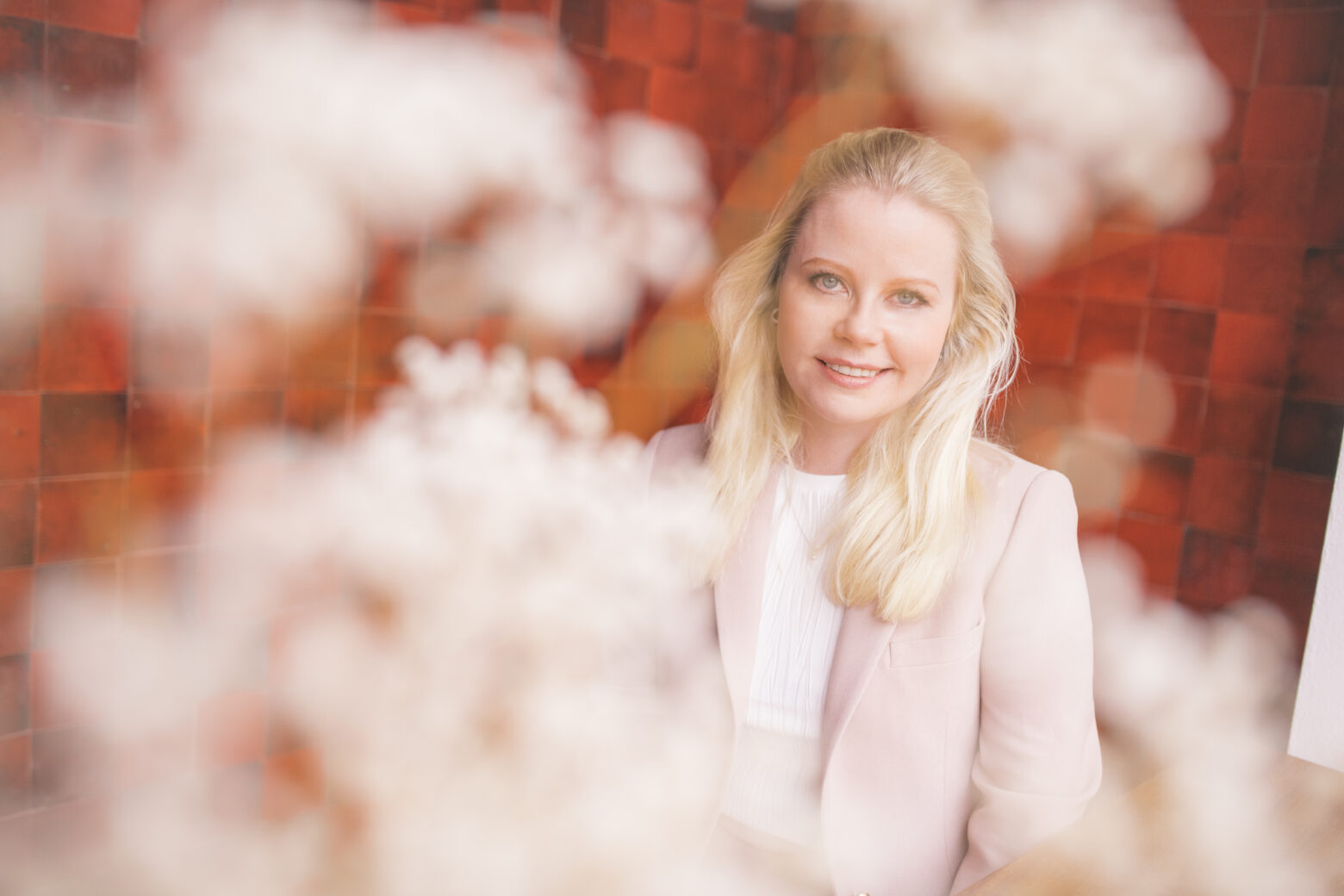Technology responds to a wide range of industry demands. This applies also to fashion, which has turned digital-first.
Fashion on Demand
Technology responds to a wide range of industry demands. This applies also to fashion, which has turned digital-first. Time to market is the key in most industries and very much so when it comes to fashion retail. Today, consumers have an instant access to fashion and styles online. Influencer marketing has blurred the lines between the appeal of lifestyles and the advertisement of fashion apparel. Manufacturers may use data science to predict the shifting trends and consumer needs while making the production cycle more effective and reducing both over and under stocking. In all, the availability of all things fashionable online creates the expectation of fashion on demand. Instead of spending time at shopping stores or brick and mortar shops browsing racks and trying to find the right outfits, mobile shopping and fashion apps have transformed the (sometimes) exhausting exercise into a smoother, faster and more convenient process. Various apps will make finding the right outfits (including that lovely pre-Xmas party dress or the ugly Christmas sweater) in the right price range even easier. On the other hand, similar types of fashion app functionalities may also reveal the infringement of fashion designers’ IP rights. As sales of fashion apparel has turned online, also brand protection has followed online. New technologies revolutionize the way IP owners fight against online (and offline) IP infringements. Long behind are the days when inefficient manual searches where conducted to find and attack counterfeits.
Fashion Tech
Consumer expectation of fast access to fashion also requires easy, yet safe online payment process (in compliance with the regulatory framework) as well as fast delivery – and return, if the garment does not suit. It remains to be seen how drone delivery will accelerate the distribution channels and logistics in future. As the competition is fierce, online market places are providing more digital services to add value to consumers and to differentiate from other players. Differentiation is the key and it may happen either by investing in internal R&D or acquiring technology assets. Yet the key legal control points are the same as for other retail driven apps, namely managing IP rights in the assets, ensuring compliance with applicable industry specific regulatory framework in all relevant jurisdictions of target markets and adjusting customer (often consumer) facing terms and conditions to sustainable liability models and ensuring sufficient transparency as to privacy. However, tech is gaining ground in much wider sense in fashion. Fashion wearables such as wrist-worn devices or health tracking jewellery including smart rings assist in tracking all variables within sleep and wellness from activity and rest ratio to variation in recovery heart rate, body temperature or respiration. Yet fashion tech is moving fast forward all the way from fashion wearables to smart clothing reflecting the wearer’s body or the surroundings – and beyond.
Digital Cinderella Moments
We have already seen the colour-changing gowns on the red carpets of Met Gala in New York and high performing stilettos, but the combination of fashion and technology enables much more than the addition of a little piece of technology into wearables or clothing. New forms of technology unite the (wo)man-made to machine-made fashion and, by way of example, the use of digital 3-D processes into the generation of garments. Also hand-painted colour pigments or hand-embroidered pearls or gemstones may be mixed with machine-printed rhinestones. Technology may also transform the way one experiences fashion.
In today’s world with higher concern about the environment, pressure to travel less and busy schedules, one does not necessarily have to travel to all fashion capitals for a special fashion or art event. Instead, technology can remove the distance between people and interesting content.
“For example digital showrooms, lookbooks and product launches may be much more effective and showstopping if created in virtual reality, not to mention the ability to attend even a haute couture show or any catwalk through streaming in virtual reality, which would have been otherwise impossible to access“, says Olesja Hännikäinen, Service Designer from Accenture Liquid Studio. Her recent fashion illustration project is a virtual art gallery for couture gowns; it allows wider audiences to admire Kisu Korsi’s fashion design from up close, thus turning a fashion exhibition into an immersive fairytale-like experience.

This enables the viewer to experience the very own digital Cinderella moment in the setting of a magical starry universe – a dash of high fashion even in the middle of an ordinary day far away from the fashion weeks of New York, Paris, London or Pitti Uomo in Italy. We will show case this virtual technology at the FashionTech event on 10 December 2019 hosted by Dittmar & Indrenius and arranged together with the Finnish IT Law Association, the local member of IFCLA, the International Federation of Computer Law Associations. In case you miss our FashionTech event at D&I, this fashion VR experience is also running in the National Museum of Finland (Kansallismuseo, Helsinki) as a pop-up exhibition during 4-15 December.
